Paul Klee - Delphi Collected Works of Paul Klee
Here you can read online Paul Klee - Delphi Collected Works of Paul Klee full text of the book (entire story) in english for free. Download pdf and epub, get meaning, cover and reviews about this ebook. year: 2015, publisher: Delphi Classics, genre: Non-fiction. Description of the work, (preface) as well as reviews are available. Best literature library LitArk.com created for fans of good reading and offers a wide selection of genres:
Romance novel
Science fiction
Adventure
Detective
Science
History
Home and family
Prose
Art
Politics
Computer
Non-fiction
Religion
Business
Children
Humor
Choose a favorite category and find really read worthwhile books. Enjoy immersion in the world of imagination, feel the emotions of the characters or learn something new for yourself, make an fascinating discovery.
- Book:Delphi Collected Works of Paul Klee
- Author:
- Publisher:Delphi Classics
- Genre:
- Year:2015
- Rating:4 / 5
- Favourites:Add to favourites
- Your mark:
Delphi Collected Works of Paul Klee: summary, description and annotation
We offer to read an annotation, description, summary or preface (depends on what the author of the book "Delphi Collected Works of Paul Klee" wrote himself). If you haven't found the necessary information about the book — write in the comments, we will try to find it.
Paul Klees innovative paintings experimented with and deeply explored colour theory, fusing dry humour, childlike wonder and musicality into a breed of art wholly his own. Delphis Masters of Art Series presents the worlds first digital e-Art books, allowing digital readers to explore the works of great artists in vivid detail. This volume presents a comprehensive collection of Klees artworks, with concise introductions, hundreds of high quality images and the usual Delphi bonus material. (Version 1)
- A wide range of Klees artworks over 250 paintings, fully indexed and arranged in chronological and alphabetical order
- Includes reproductions of rare works
- Features a special Highlights section, with concise introductions to the masterpieces, giving valuable contextual information
- Enlarged Detail images, allowing you to explore Klees celebrated works in detail, as featured in traditional art books
- Hundreds of images in stunning colour highly recommended for viewing on tablets and smart phones or as a valuable reference tool on more conventional eReaders
- Special chronological and alphabetical contents tables for the paintings
- Easily locate the paintings you want to view
- Scholarly ordering of plates into chronological order
Please visit www.delphiclassics.com to browse through our range of exciting e-Art books
CONTENTS:
The Highlights
RED AND WHITE DOMES
HERMITAGE
NOCTURNAL FESTIVITY
RED BALLOON
SENECIO
TWITTERING MACHINE
RECONSTRUCTION
PASTORALE
FISH MAGIC
MONUMENT IN FERTILE COUNTRY
CONQUEROR
POLYPHONY
AD PARNASSUM
WALPURGIS NIGHT
HEROIC ROSES
PARK NEAR LU
DEATH AND FIRE
The Artworks
COLLECTED WORKS
ALPHABETICAL LIST OF WORKS
Please visit www.delphiclassics.com to browse through our range of exciting titles
Paul Klee: author's other books
Who wrote Delphi Collected Works of Paul Klee? Find out the surname, the name of the author of the book and a list of all author's works by series.

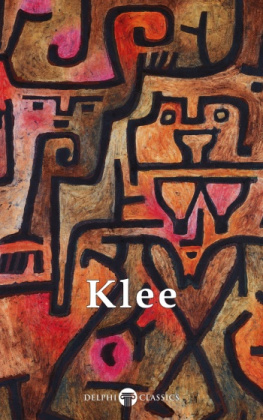


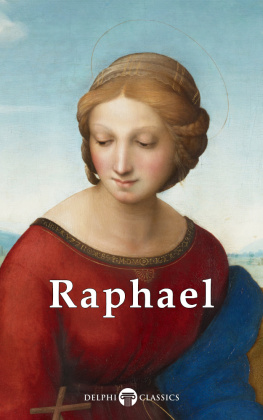
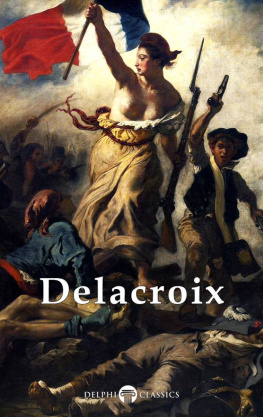

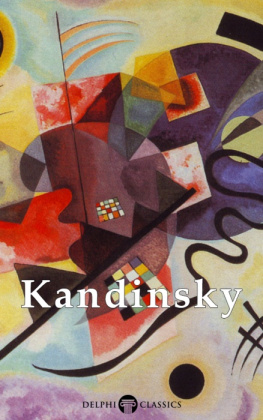
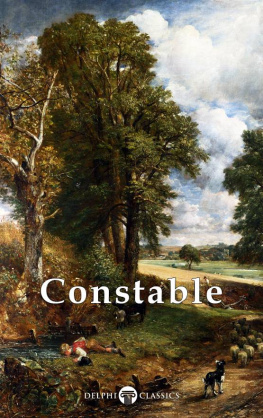
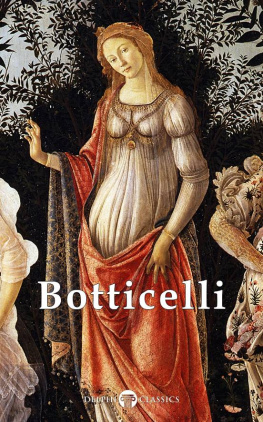
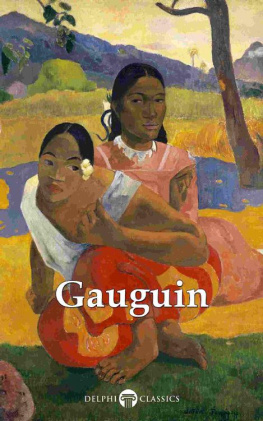
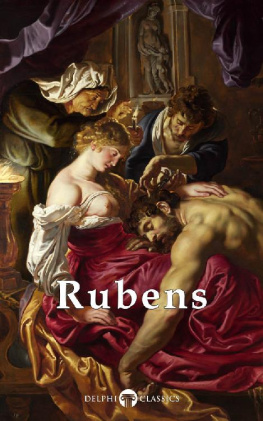

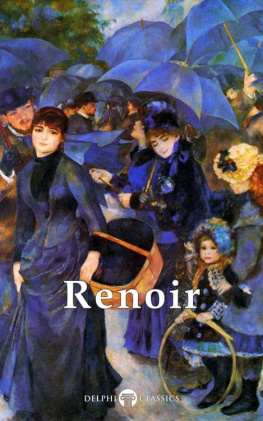

 Paul Klee (1879-1940)
Paul Klee (1879-1940)  Contents
Contents  Delphi Classics 2015 Version 1
Delphi Classics 2015 Version 1  Masters of Art Series Paul Klee
Masters of Art Series Paul Klee  By Delphi Classics, 2015
By Delphi Classics, 2015 Mnchenbuchsee, a town in the canton of Bern, Switzerland Klees birthplace
Mnchenbuchsee, a town in the canton of Bern, Switzerland Klees birthplace  Klee as a child, 1892 THE HIGHLIGHTS
Klee as a child, 1892 THE HIGHLIGHTS  In this section, a sample of Klees most celebrated works is provided, with concise introductions, special detail reproductions and additional biographical images.
In this section, a sample of Klees most celebrated works is provided, with concise introductions, special detail reproductions and additional biographical images.  In January 1911, Klee met Alfred Kubin in Munich, who well received the young artists graphic work and became one of his first significant collectors. Klee met, through Kubin, the art critic Wilhelm Hausenstein in 1911. In autumn he was introduced to August Macke and Wassily Kandinsky and in the winter he joined the editorial team of the almanac Der Blaue Reiter (The Blue Rider) , founded by Franz Marc and Kandinsky. On meeting Kandinsky, Klee recorded, I came to feel a deep trust in him. He is somebody, and has an exceptionally beautiful and lucid mind.
In January 1911, Klee met Alfred Kubin in Munich, who well received the young artists graphic work and became one of his first significant collectors. Klee met, through Kubin, the art critic Wilhelm Hausenstein in 1911. In autumn he was introduced to August Macke and Wassily Kandinsky and in the winter he joined the editorial team of the almanac Der Blaue Reiter (The Blue Rider) , founded by Franz Marc and Kandinsky. On meeting Kandinsky, Klee recorded, I came to feel a deep trust in him. He is somebody, and has an exceptionally beautiful and lucid mind. 
 Detail
Detail  Detail
Detail  Detail
Detail  Windows by Robert Delaunay, 1912 serving as inspiration for Klee, this radical depiction of the Parisian skyline is similarly echoed in Red and White Domes
Windows by Robert Delaunay, 1912 serving as inspiration for Klee, this radical depiction of the Parisian skyline is similarly echoed in Red and White Domes  Members of the Blue Rider group on the balcony of Kandinskys apartment in Munich, from left to right: Maria Marc, Franz Marc, Bernhard Koehler Sr., Wassily Kandinsky (seated), Heinrich Campendonk and Thomas von Hartmann.
Members of the Blue Rider group on the balcony of Kandinskys apartment in Munich, from left to right: Maria Marc, Franz Marc, Bernhard Koehler Sr., Wassily Kandinsky (seated), Heinrich Campendonk and Thomas von Hartmann.  Klee in 1911
Klee in 1911 Klee was conscripted as a Landsturmsoldat (soldier of the reserve forces in Prussia or Imperial Germany) on 5 March 1916.
Klee was conscripted as a Landsturmsoldat (soldier of the reserve forces in Prussia or Imperial Germany) on 5 March 1916.